Mark Wallinger’s ’Labyrinth’ artworks for the London Underground

Commuters descending into the depths of the London Underground system will be greeted by a new series of Labyrinth-inspired artworks by Turner Prize-winner Mark Wallinger. But the artist isn't trying to induce claustrophobia. Look a little closer at each of the unique pieces - one for all 270 stations in the Underground's maze-like network - and you'll see that there are no dead-ends to his black and white journeys. Each one reaches its destination. It's as if he's saying: 'Don't panic - you'll get there in the end.'
Commissioned to mark the 150th anniversary of the London Underground - the artworks take an obvious visual cue from the tube map itself, designed in 1933. '[As a Londoner] the Harry Beck map does become mapped onto one's mind,' said Wallinger. His creations also bear distinctly cerebral forms. 'Each will act as a mental map, a representation of the orientation and contemplation which are the everyday experience of millions of Londoners.'
Born in Chigwell, Essex - connected to London by the giant red artery that is the Central Line - Wallinger was an apt choice for the Underground's biggest ever art commission. The Tube has been the basis of several of his works, including 'Angel', a video piece played in reverse, showing him walking backwards at Angel Station while reciting the opening lines of the Gospel of John. And the notion of a journey is a long-held preoccupation for the artist. 'I've got a thing for transport, and the act of being transported,' he says.
Wallinger's Labyrinth artworks are articulated in punchy black and white graphics, hand-printed by the same people who make the London Underground signage. 'I wanted to create works that used its heritage and graphic identity,' he told us.
The Underground's finely-honed graphic identity is largely the handiwork of Arts & Crafts calligrapher Edward Johnston, whose legendary typeface was introduced in 1916. Tasked to create something of 'bold simplicity', Johnston mixed a modern sensibility with classical Roman lettering, revolutionising type design across the world.
The Tube also has a long history as a public art gallery, with one of the earliest commissions being Harold Stabler's bronze sculptures on the Piccadilly Line's ventilation grilles in the 1930s. And in 2000, the Underground established Art on the Underground, aimed at enlivening the humdrum of Londoners' daily commutes. This has seen an impressive roll call of artists create pieces for its stations, including Cindy Sherman, Barbara Kruger, Liam Gillick, Sarah Morris and Gavin Turk.
Works from Wallinger's Labyrinth series have now been installed in 10 central London stations, with the rest reaching their destinations by summertime this year. Each will be a permanent addition to London's subterranean landscape.
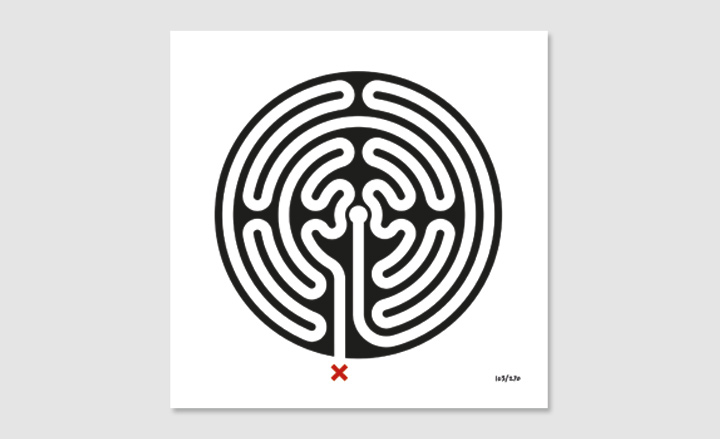
The works take an obvious cue from the Harry Beck-designed Underground map, with 'x' marking the 'you are here' spot. This particular work has found a home at Victoria Station

Many of the artworks, such as this one for Green Park Station, take cerebral forms. Says Wallinger of his creations: 'Each will act as a mental map, a representation of the orientation and contemplation which are the everyday experience of millions of Londoners and their days spent on the Labyrinthine network'
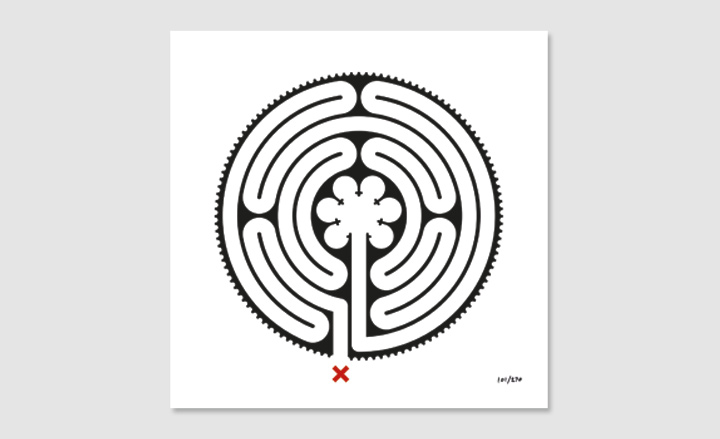
There are no dead-ends to the journeys through the Labyrinths, as seen from this piece for Westminster Station. The viewer always reaches their destination
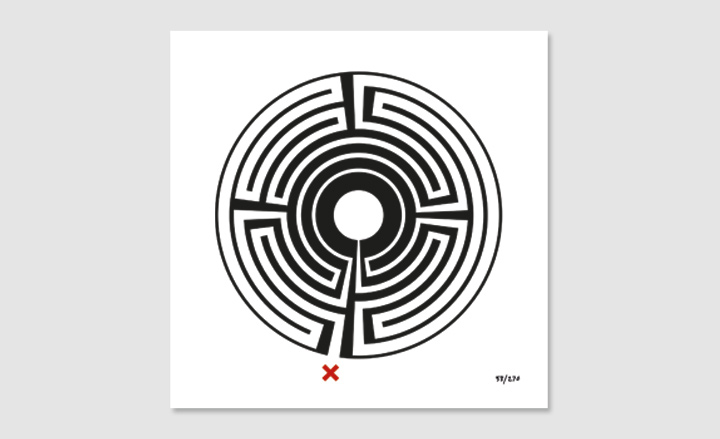
The artworks are articulated in punchy black and white graphics, hand-printed by the same people who make the London Underground signage. Passengers will spot this particular piece at Baker Street Station
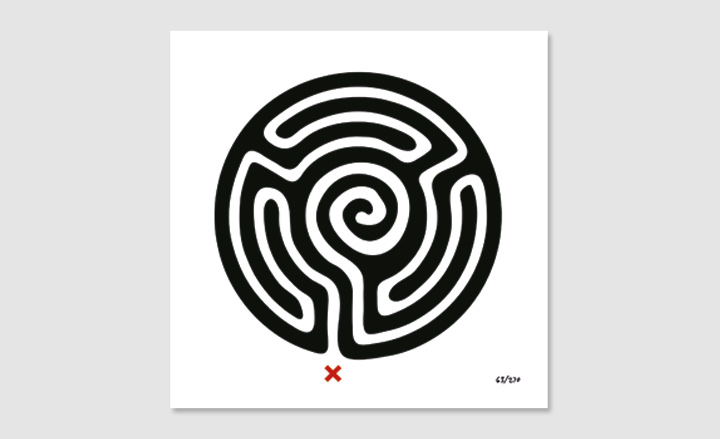
This artwork for Embankment station almost feels hand-drawn
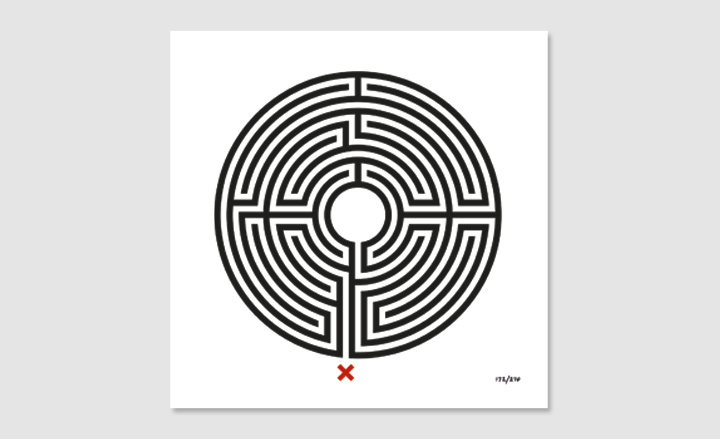
... while others, such as this one bound for King's Cross, are much more rigidly geometric

The first ten of the artworks, including this one for Oxford Circus, have been unveiled. The rest will be installed by summertime this year
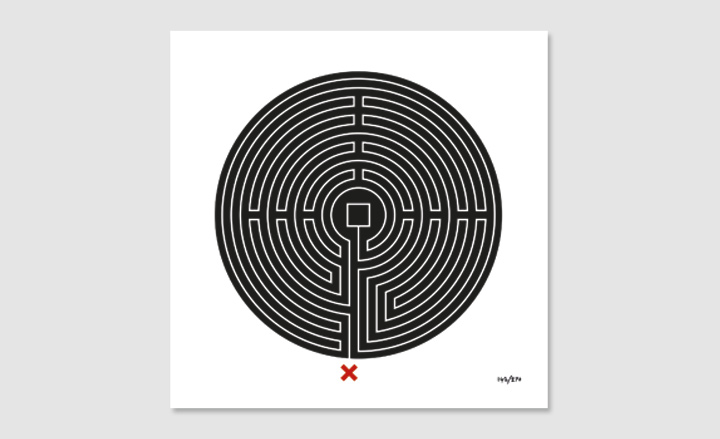
Bank Station's artwork echoes the bullseye motif used in the Underground logo...
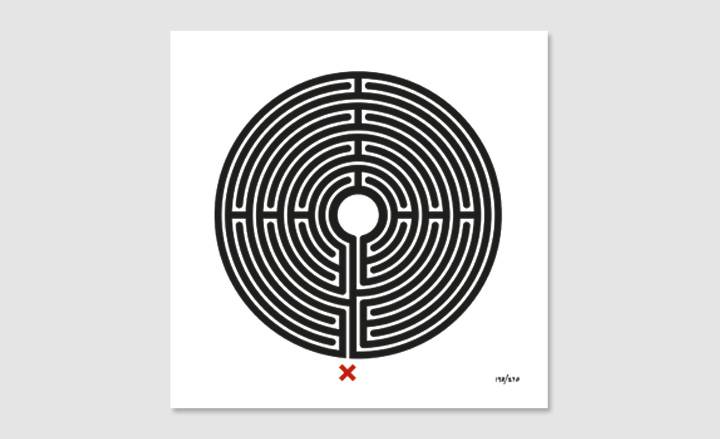
... as does this piece for Tottenham Court Road Station
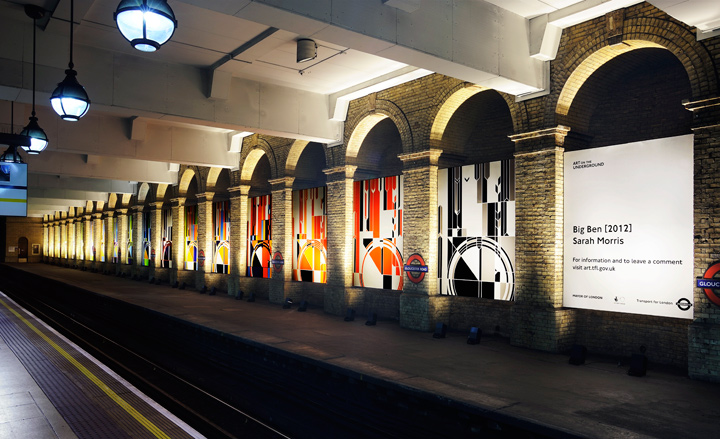
Past commissions by Art on the Underground, the rail network's arts organisation (established in 2000), include 'Big Ben' by Sarah Morris, 2012, at Gloucester Road Station
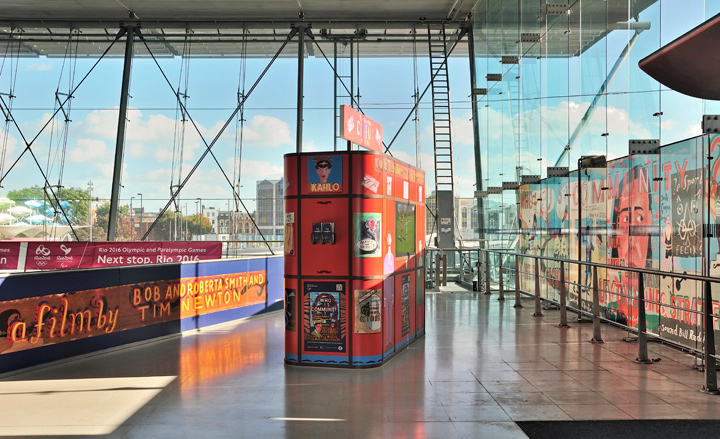
'Who is Community? New Cinema Kiosk' by Bob and Roberta Smith and Tim Newton, 2012, at Stratford station

'Wrapper' by Jacqueline Poncelet, 2012, at Edgware Road Station
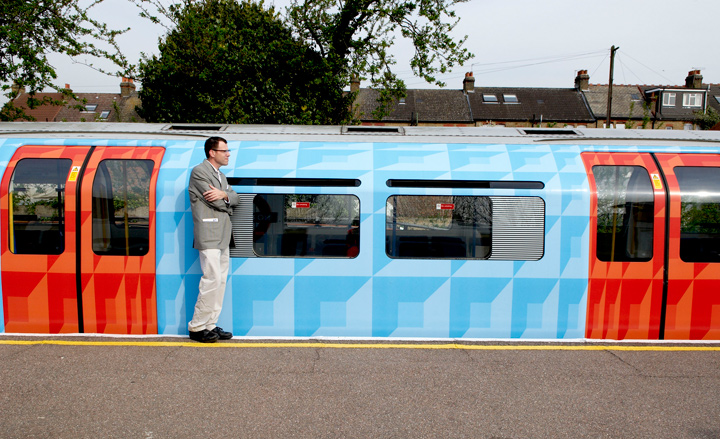
'Tube Wrap' by Jim Isermann, 2007, on a Piccadilly line train
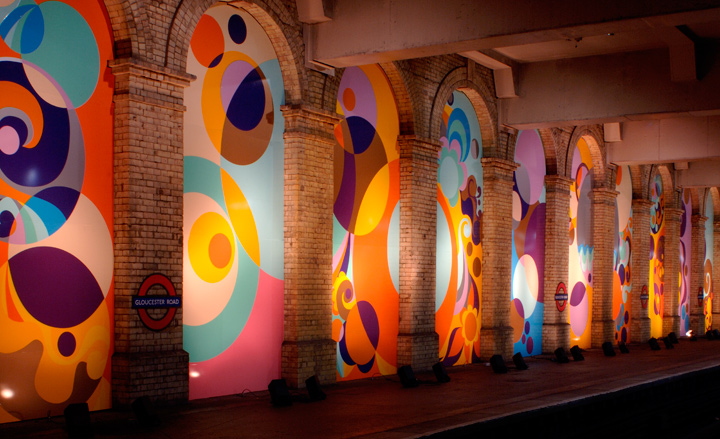
'Peace and Love' by Beatriz Milhazes, 2005, at Gloucester Road Station
Receive our daily digest of inspiration, escapism and design stories from around the world direct to your inbox.
Malaika Byng is an editor, writer and consultant covering everything from architecture, design and ecology to art and craft. She was online editor for Wallpaper* magazine for three years and more recently editor of Crafts magazine, until she decided to go freelance in 2022. Based in London, she now writes for the Financial Times, Metropolis, Kinfolk and The Plant, among others.
-
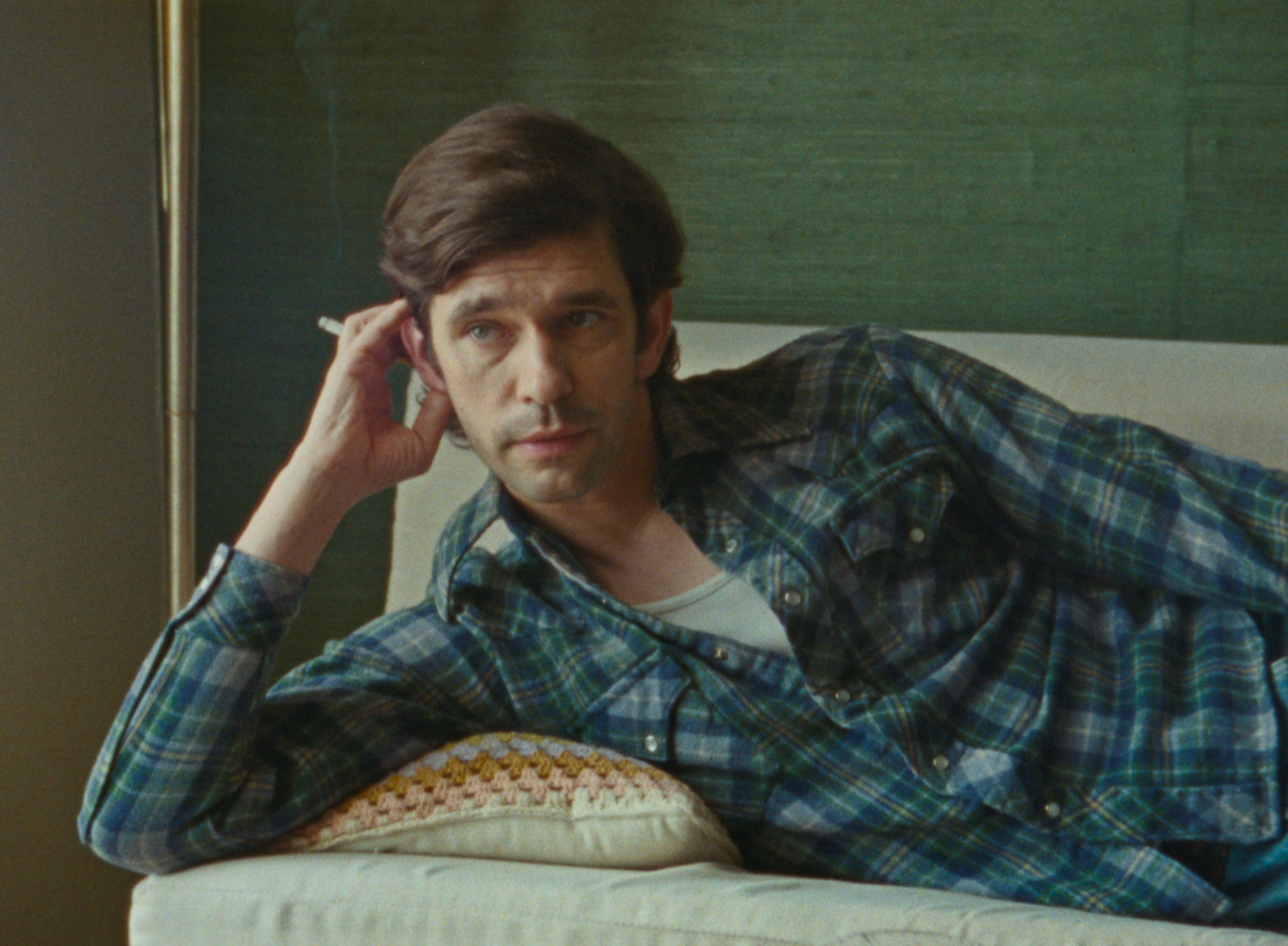 Can the film 'Peter Hujar's Day' capture the essence of the elusive artist?
Can the film 'Peter Hujar's Day' capture the essence of the elusive artist?Filmmaker Ira Sachs and actor Ben Whishaw bring Peter Hujar back to the front of the cultural consciousness
-
 New tech dedicated to home health, personal wellness and mapping your metrics
New tech dedicated to home health, personal wellness and mapping your metricsWe round up the latest offerings in the smart health scene, from trackers for every conceivable metric from sugar to sleep, through to therapeutic furniture and ultra intelligent toothbrushes
-
 Out of office: The Wallpaper* editors’ picks of the week
Out of office: The Wallpaper* editors’ picks of the week'Tis the season for eating and drinking, and the Wallpaper* team embraced it wholeheartedly this week. Elsewhere: the best spot in Milan for clothing repairs and outdoor swimming in December
-
 McLaren Special Operations deals itself a winner with the Las Vegas-inspired Project Viva
McLaren Special Operations deals itself a winner with the Las Vegas-inspired Project VivaWe delve into the world of McLaren Special Operations, discover what the deal is with Project Viva, spec our own hypercar and explore the role of the Pure McLaren experience
-
 Around London in sybaritic silence with the majestic all-electric Lunaz Phantom V
Around London in sybaritic silence with the majestic all-electric Lunaz Phantom VClassic electrifier Lunaz has turned its skilled hands to the Rolls-Royce Phantom V. We sample the ultimate in zero-emission luxury on the streets of London
-
 How will future car interiors take shape? London studio NewTerritory has a vision for automotive design
How will future car interiors take shape? London studio NewTerritory has a vision for automotive designDesign studio NewTerritory has set up a new automotive division to explore the future of car interiors. We interrogate the team
-
 All the best bits from Goodwood Festival of Speed 2025
All the best bits from Goodwood Festival of Speed 2025As car makers switch their allegiance to the sunny West Sussex countryside as a place to showcase their wares, a new generation of sports cars were sent running up that famous hill
-
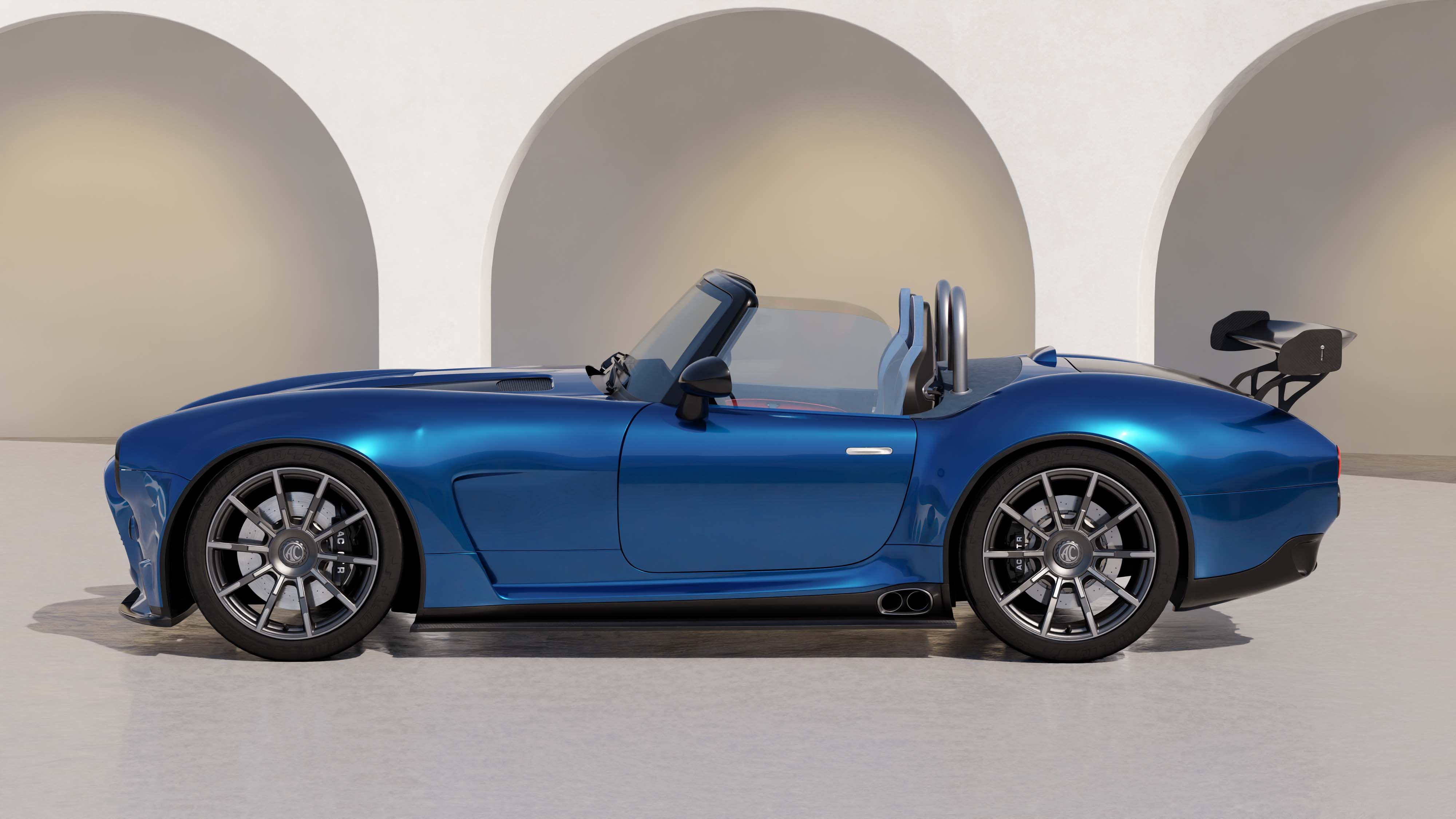 Venerable British car-maker AC goes OTT with the high-output, low-slung AC GT SuperSport
Venerable British car-maker AC goes OTT with the high-output, low-slung AC GT SuperSportPitched at all-American fans of the original AC Cobra, the GT SuperSport is a fearsome two-seat roadster with more muscle than ever before
-
 Gulfstream’s newly refurbished London Design Centre offers myriad ways to spec your jet
Gulfstream’s newly refurbished London Design Centre offers myriad ways to spec your jetPurchasing a private jet requires a cavalcade of design decisions. Gulfstream now offers its London customers a new Sales and Design Centre for them to make their decisions at leisure
-
 ‘Wundercar’ celebrates the ineffable aura of the Porsche 959, the first true hypercar
‘Wundercar’ celebrates the ineffable aura of the Porsche 959, the first true hypercarCurated by London creatives INK, ‘Wundercar’ is a London exhibition dedicated to the image and influence of Porsche’s seminal 959, a true icon of 1980s engineering
-
 EV start-up Halcyon transforms a classic 1970s Rolls-Royce into a smooth electric operator
EV start-up Halcyon transforms a classic 1970s Rolls-Royce into a smooth electric operatorThis 1978 Rolls-Royce Corniche is the first fruit of a new electric restomod company, the Surrey-based Halcyon